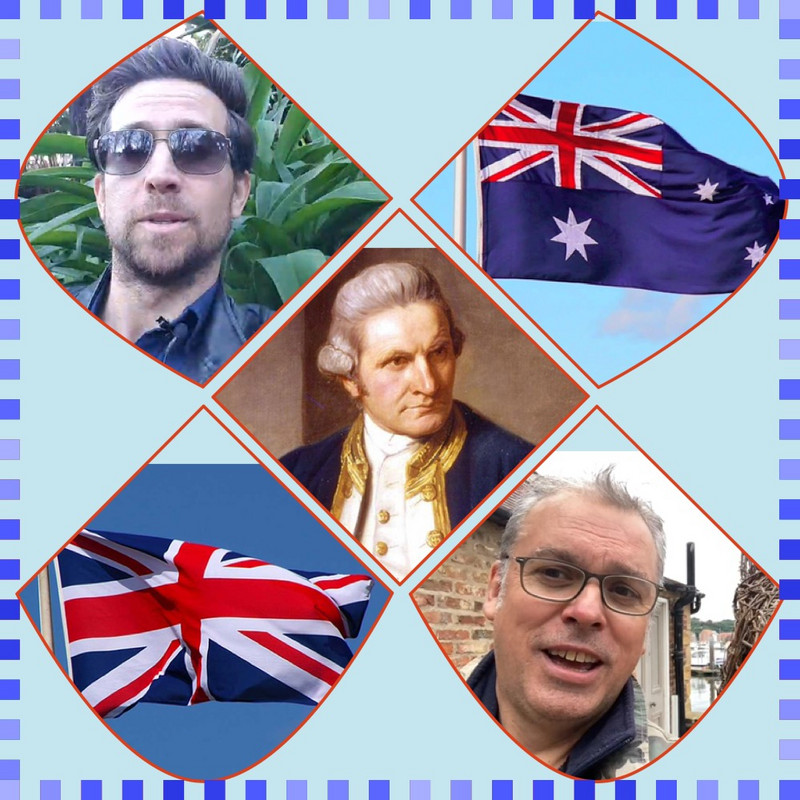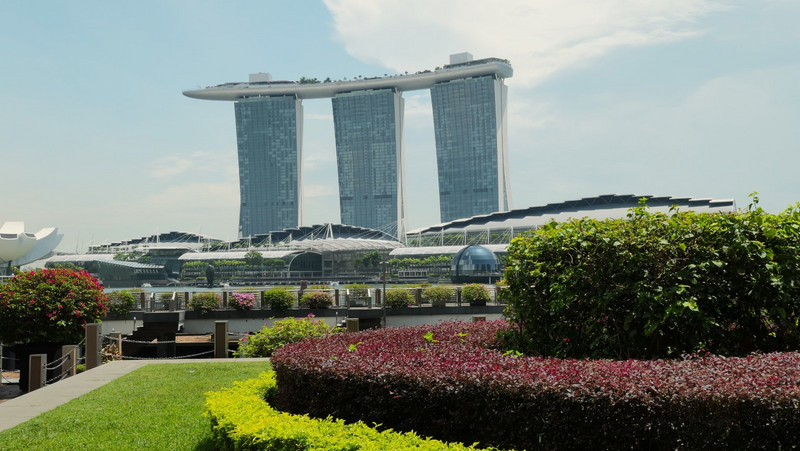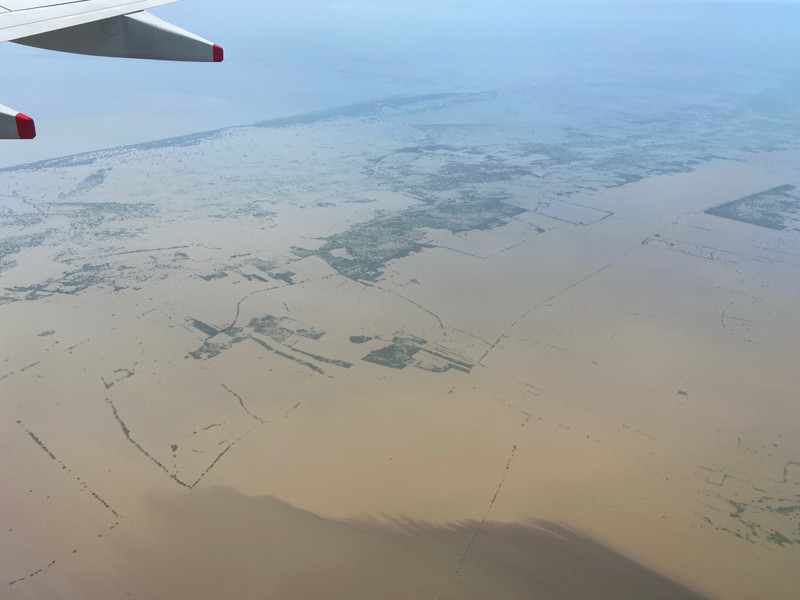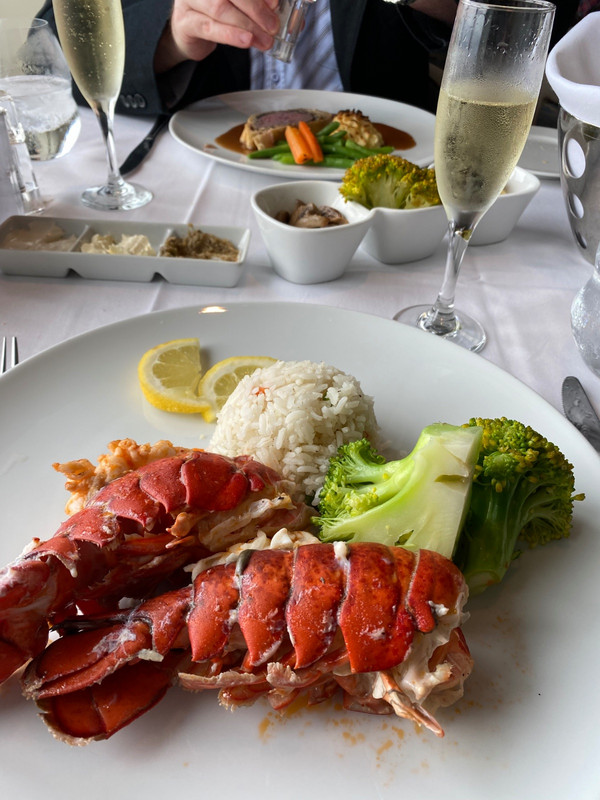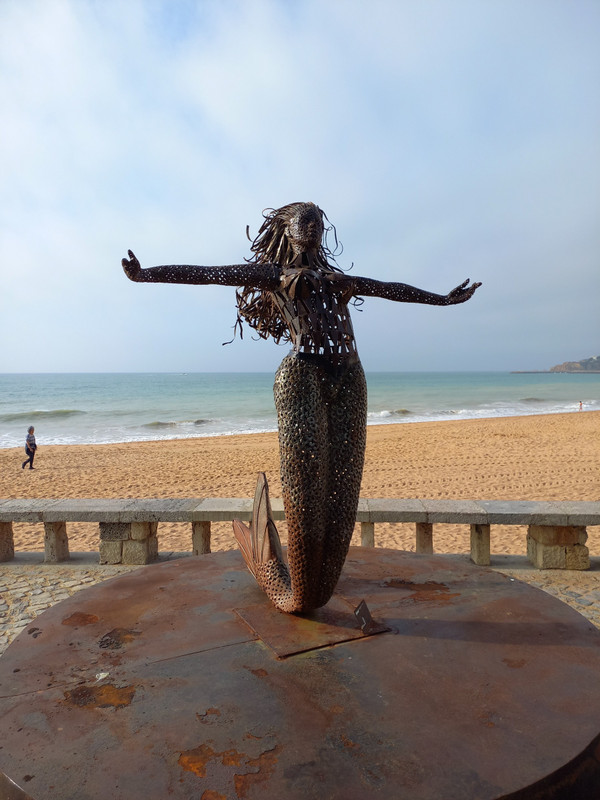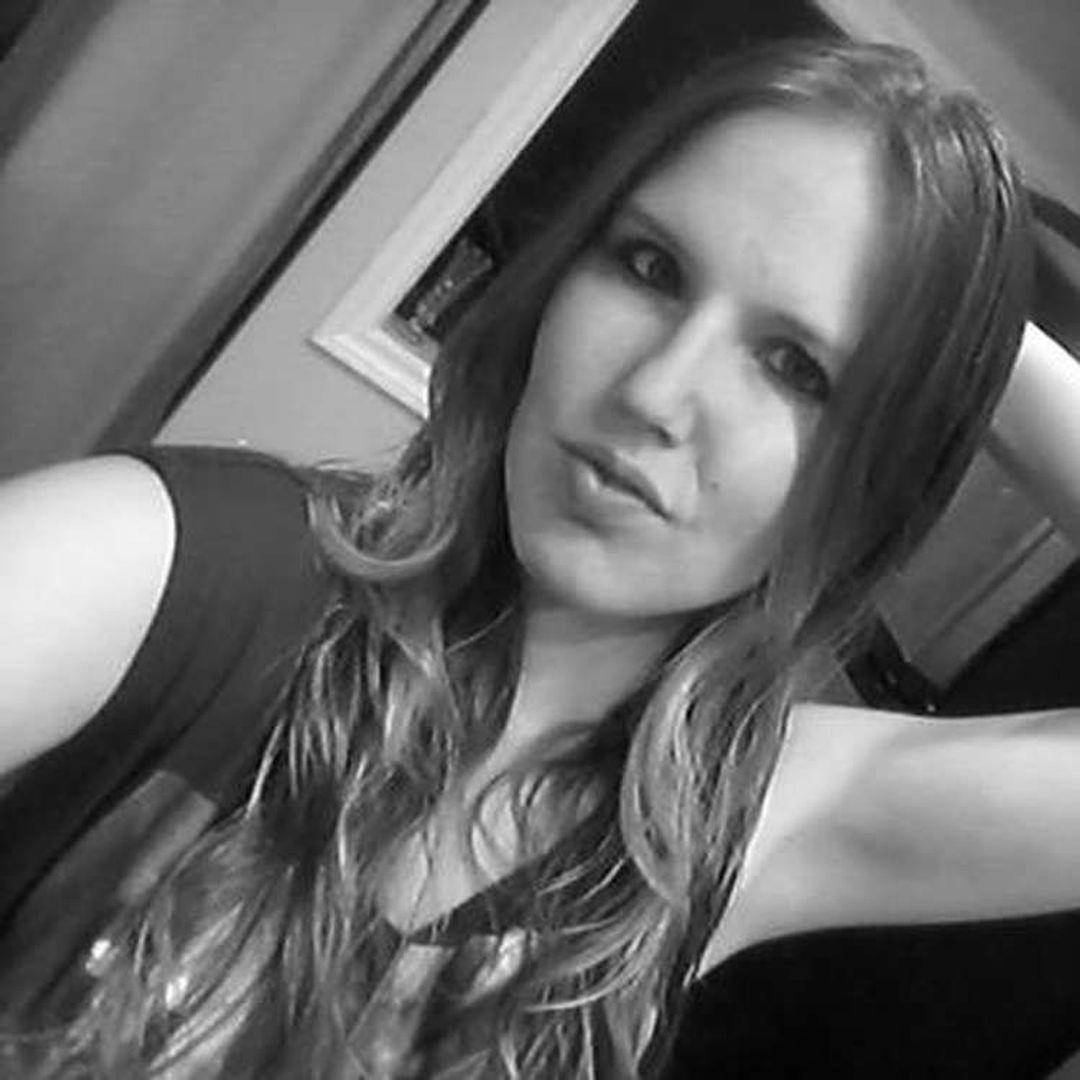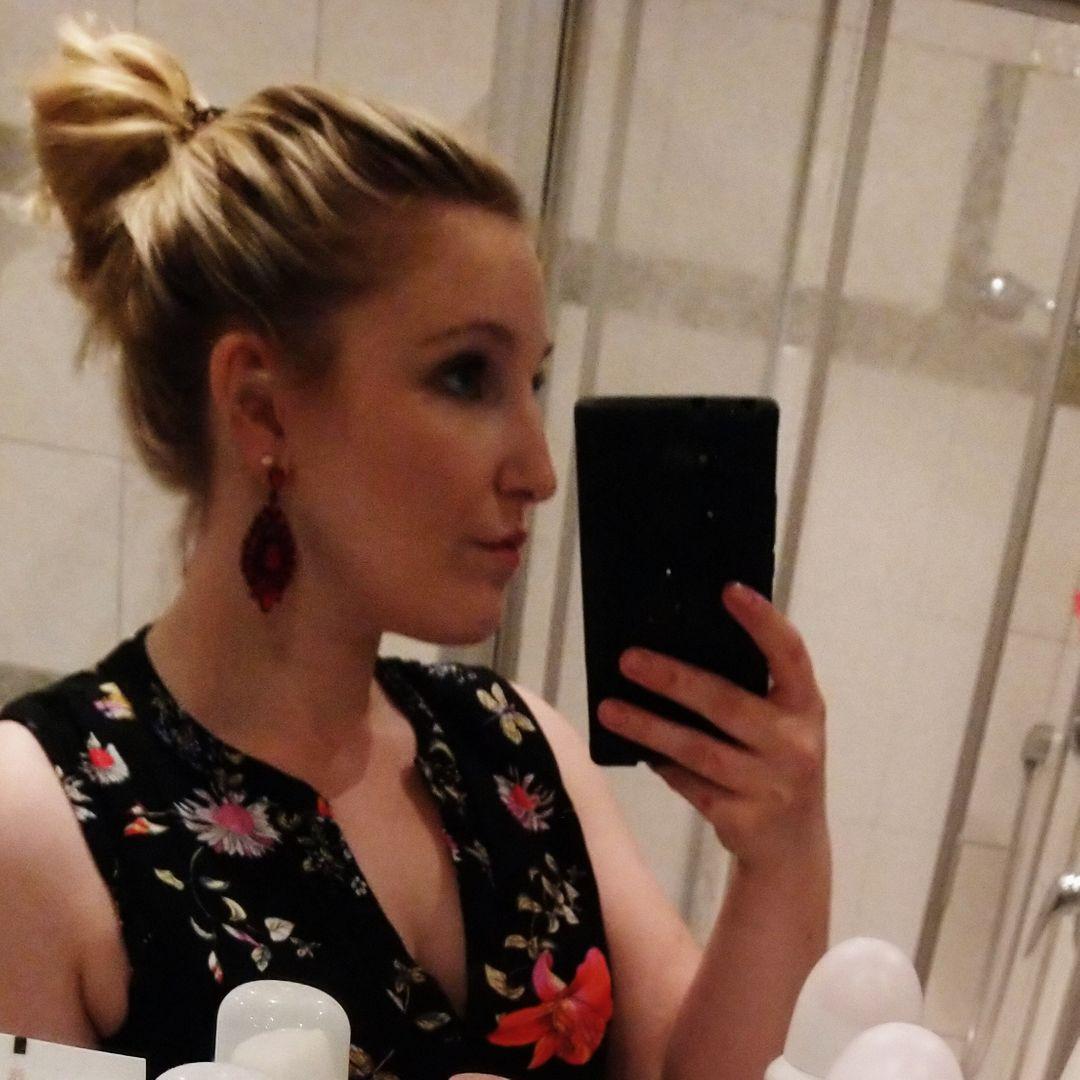This morning, we were treated to two tours on the subject of the British Explorer Captain Cook. We started with Captain Cooks cottage in Melbourne with heygo guide Alex and then immediately went to Whitby in England to meet heygo guide John and visit the Cook Memorial Museum.
The cottage in Melbourne was originally built in Yorkshire, England by Cooks parents, James & Grace, in 1755. The house was dismantled brick by brick in 1933. The bricks were numbered and transported to Melbourne in 253 cases & 40 barrels and the house reassembled in tribute to Cook. Even the ivy growing on the walls is the original ivy, also shipped out and replanted.
Cook was born in the small Yorkshire village of Marton on the 27 October 1728 to a humble rural family. He was the 2nd of 8 children, 4 of which died before the age of 4. His father, eventually became a farm manager and his son James attended school under the patronage of the land owner, where he excelled at maths. James left school at 16 and was apprenticed in a shop in Staithes where the owner William Anderson needed someone good
at maths to operate the till. Anderson recognised the seafaring dreams of Cook and introduced him to his friends the Walker brothers in Whitby, a bustling fishing & port town.
Cook left the shop and joined the merchant navy where he worked on ships transporting coal and learning the trade. During his time in Whitby he lived with a quaker family (The Walkers) in a house which is now the Cook Memorial Museum. The charming Clare, dressed in the Quaker clothing of the time showed us around. Cook would have shared the attic at times with 12 to 17 others. Despite that, he studied at night time by candlenight, learning astronomy, trigonometry, cartography etc.
At age 26, Cook left the coal ships to join the Royal navy. He quickly moved up through the ranks, was recognised by the Crown for his mapping skills and shone during the 7 year Newfoundland War.
A famous quote of Cooks is Ambition leads me not only farther than any other man has been before me, but as far as I think it possible for man to go
Batts and in 1768 he embarked on the first of his 3 great voyages. He received sponsorship of £10k from Joseph Banks (about £2.5m in todays terms). Banks sailed with Cook to Tahiti on the Endeavour to track the star Venus as it passed the face of the sun in an effort to calculate the distance from the Earth to the Sun.
Cooks 1st great voyage (1768–1771), visited Brazil, Tahiti, circumnavigated the north & south islands of New Zealand and landed in Australia at Botany Bay. Banks was a botanist. He and Cook are credited with bringing 30,000 plant specimens back to the UK, many of which were used in Kew Gardens. Cooks journal says that Australia does not produce any one thing to encouage trade and settling. He states that the indigenous people appear wretched but are far happier than most Europeans, that they are not chasing consumer goods, the earth & sea furnish them with all that is necessary for life.
search of the mythical Terra Australis, believed by some in Europe to be another continent, encircling he South Pole.
The expedition circumnavigated the globe further south than had been done before, allowing Cook to rule out the existence of a continent unless near the pole and out of reach of navigation. Cooks ships were the first to cross the Antarctic Circle and the Resolution set a record for the Farthest South that would stand for 49 years
Cooks third and last voyage was to find the Passage believed to link the Atlantic and the Pacific oceans. If Britain could find a way to enter the Pacific without having to round the treacherous Cape, it could open up all manner of trade advantages and the western coast of the Americas. Cook again took the Resolution and another Whitby collier, the Discovery.
On arrival first in Hawaii, Cook and crew were treated like Gods. There were many festivities and goods were exchanged.
